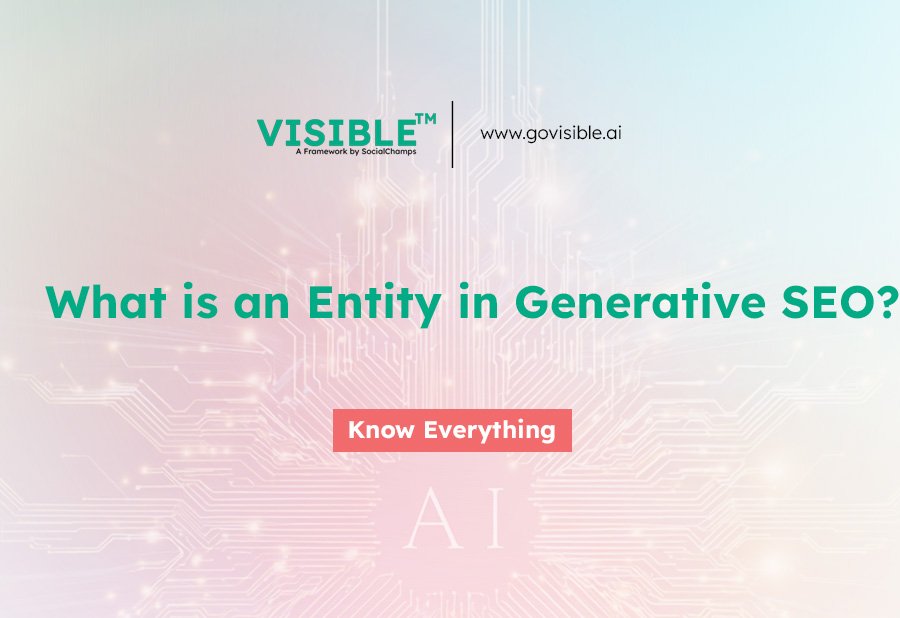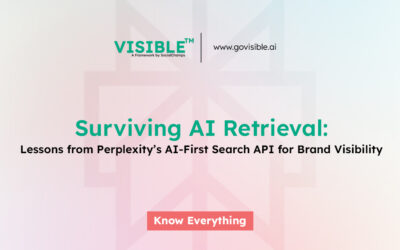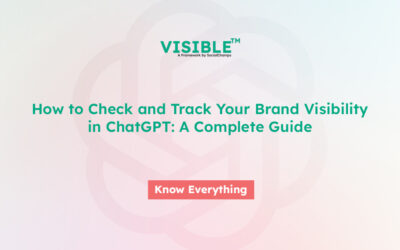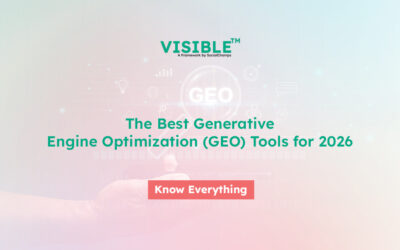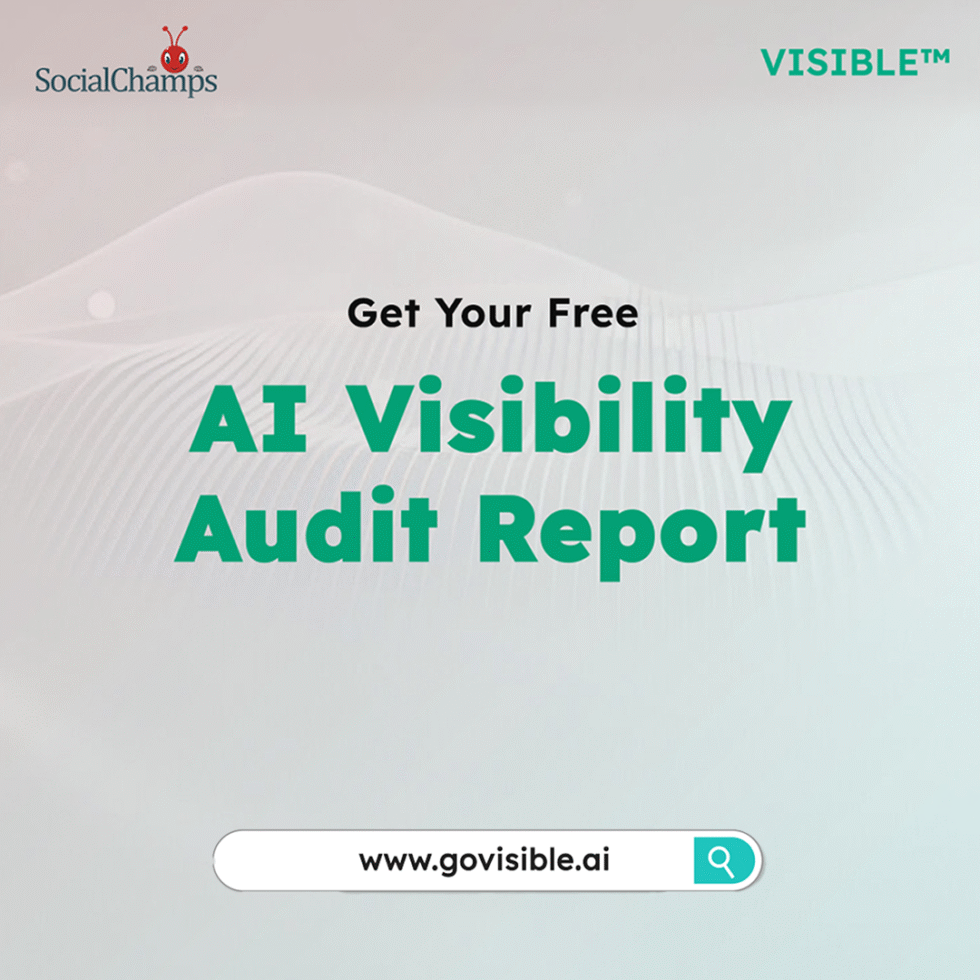Why Entities Matter in the Age of Generative Search
From Keywords to Knowledge
SEO has officially crossed the threshold: the age of keyword stuffing is over. Generative Engine Optimization (GEO) requires a deeper understanding of how modern AI models interpret brand presence. We’re no longer optimizing for strings — we’re optimizing for things. Things called entities.
The Rise of Entity-Centric AI
Generative models like ChatGPT, Gemini, and Perplexity aren’t pulling answers from page-ranked URLs. They’re reasoning over knowledge graphs — structured networks of entities and their relationships. If your brand isn’t a well-understood entity in this graph, you’re invisible.
Read: Intelligent Entity Optimization: How Brands Get Indexed Inside AI Models
What is an “Entity” in Generative SEO?
An entity is a uniquely identifiable node of meaning within a knowledge system. In the context of Generative SEO, it’s any person, place, company, product, or concept that large language models (LLMs) can recognize, relate, and reason about.
Entities vs. Keywords: Key Differences
| Aspect | Keyword SEO | Entity SEO |
|---|---|---|
| Optimization Target | Words & phrases | Concepts & meanings |
| Context Retention | Minimal | High (stored in vectorized knowledge) |
| Indexing Mechanism | Search engine crawler index | AI-native knowledge graphs |
| Output Surface | SERP results | Natural language responses |
How AI Models Understand and Index Entities
Brand as a Data Object
To LLMs, your brand isn’t your homepage — it’s a data object. It’s assembled through signals: structured metadata, third-party mentions, reviews, schema.org tags, Wikipedia articles, internal linking architecture, and more.
Intelligent Indexing in LLMs
Unlike search engines, LLMs don’t crawl; they embed. They compress semantically consistent information into vector space. This means if your brand doesn’t surface across diverse, high-quality, interlinked signals, it may never become a well-formed entity.
Real-World Examples of Brand Entities
Nike : Nike isn’t just optimized for search engines; it’s hard-coded into AI knowledge systems. Why?
- Consistent structured data across all product pages
- High-authority mentions on Wikipedia, Forbes, and global media
- Clear brand taxonomy (e.g., Air Jordan = sub-entity)
Nike has mastered Entity Equity — a concept we define below.
Shopify :Shopify’s entity profile is built on:
- Developer docs (structured content)
- Embedded partner ecosystems
- Multi-channel presence (podcasts, investor relations, user guides)
In LLMs, Shopify is not just a brand; it’s a conceptual hub for eCommerce enablement.
What Makes an Entity “AI-Visible”
Entity Equity via the VISIBLE™ Framework
Entity Equity is the perceived authority, depth, and clarity of an entity within a generative model’s knowledge graph.
- Depth: How richly described is the entity?
- Breadth: How many sources confirm its attributes?
- Clarity: Is it semantically unique or ambiguous?
The VISIBLE™ Framework applies our proprietary metric: the Entity Depth Index.
“Your entity is only as strong as your weakest signal.” — VISIBLE™
The Shift Away from Traditional SEO
Google may still matter, but it’s no longer the sole gatekeeper. Zero-click search on AI platforms is exploding. LLMs like ChatGPT, Claude, and Perplexity are pre-resolving answers based on internal knowledge — not external clicks.
“Why Google Is Now Your Second Priority”
AI models now resolve up to 60% of user queries before a browser opens. If you’re not inside the model, you’re not in the market. (Source: Perplexity internal search trends)
How the VISIBLE™ Platform Helps Brands Get Indexed as Entities
The VISIBLE™ Platform enables:
- Intelligent Entity Optimization: Structuring your brand footprint for AI-native comprehension
- Entity Readiness Score: Benchmarking your discoverability across top LLMs
- Prompt Bank Integration: Ensuring brand-safe responses in AI-generated outputs
“See if your brand is entity-ready for AI models. Book a free GEO audit with the VISIBLE™ Platform.”

